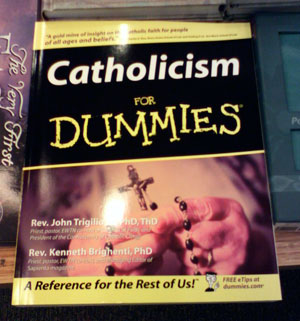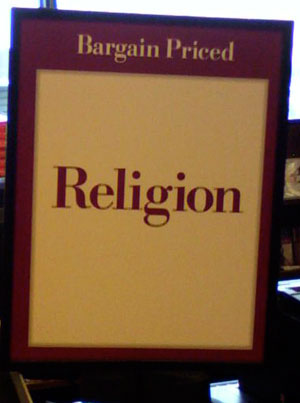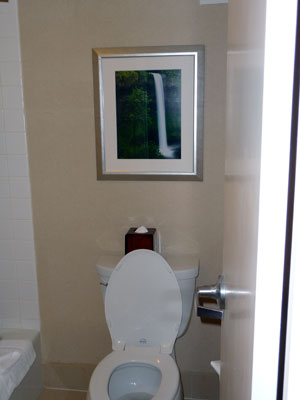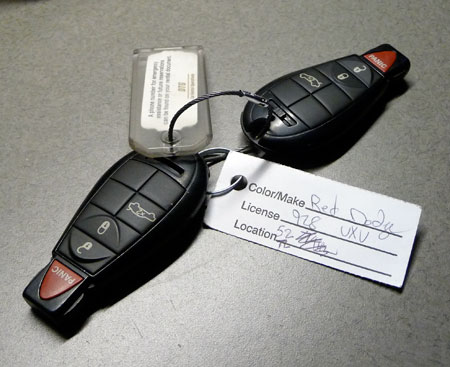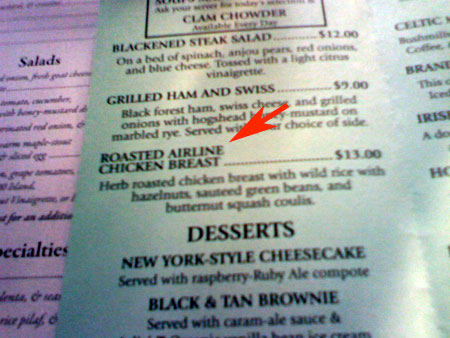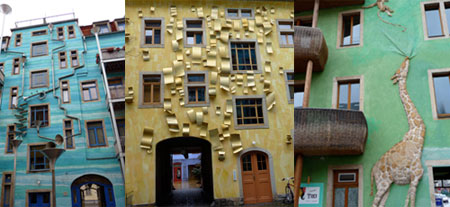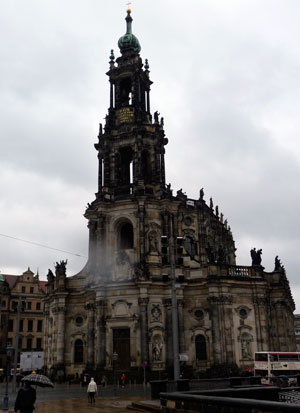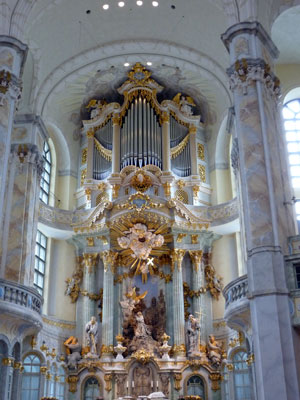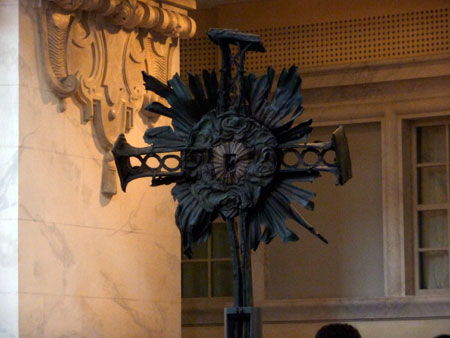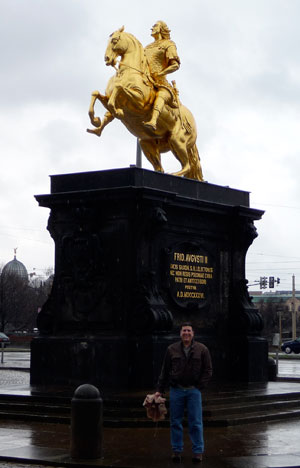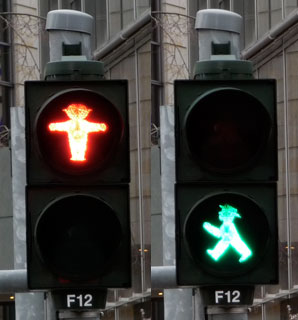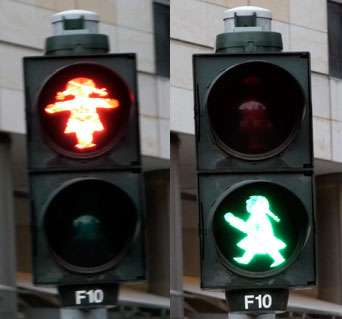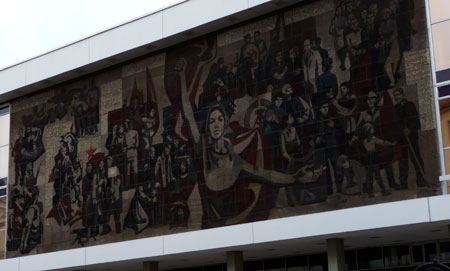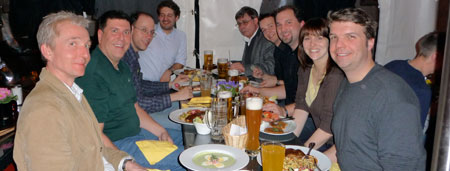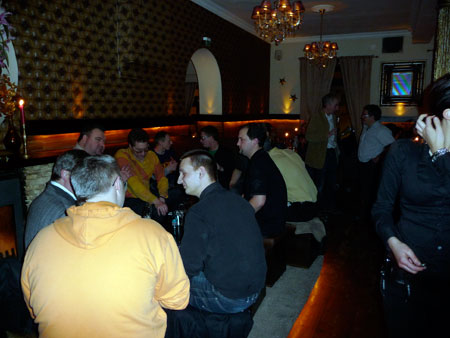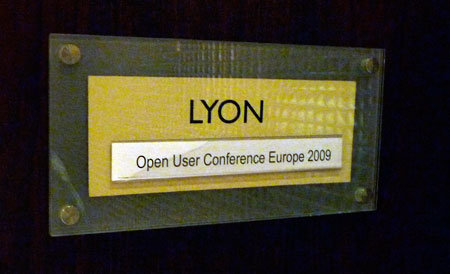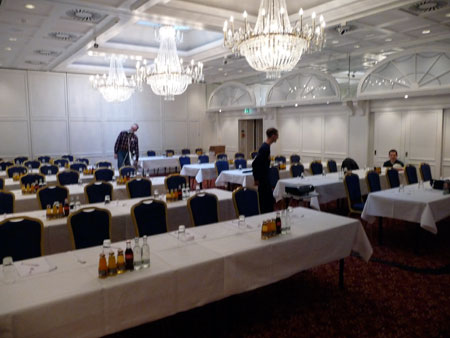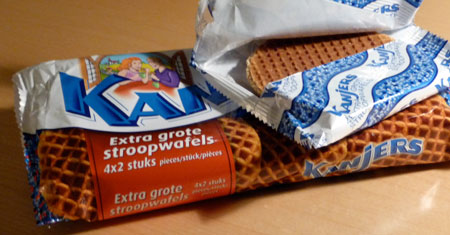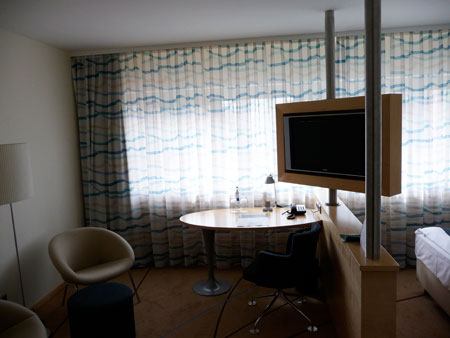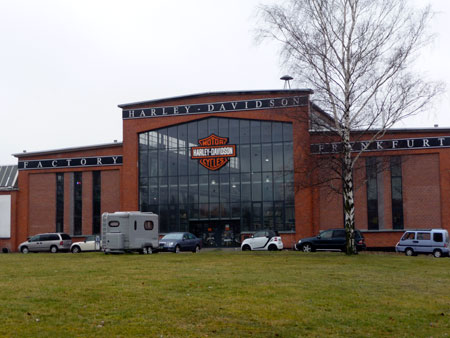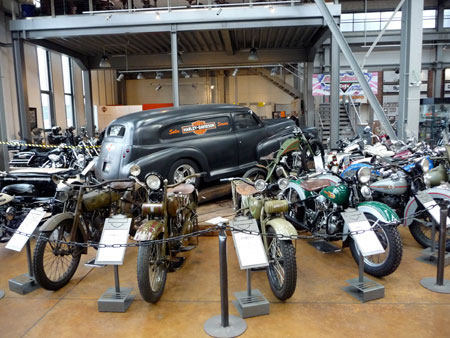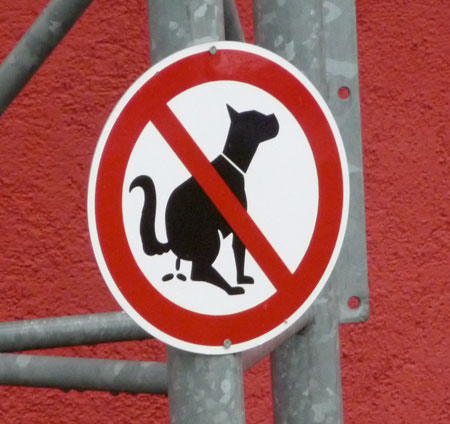Apparently I’ve missed another Open Source Business Conference. I should go to these things, if only for the humor factor, but since it doesn’t really fit into our mission statement of “Help Customers – Have Fun – Make Money” I skip it.
I did see a couple of trends come out of the blogosphere around the show. The first was that it seems that people are still trying to fit open source into traditional commercial software models.
I saw this on Matt Aslett’s Twitter feed from the conference:
RT @markdevisser: @jHammond states the Bazaar evolves to a Guild and then to a Shopping Mall, which attracts customers so vendors can thrive.
It sounds cute but on thinking about it, it started to piss me off. Who do you think comes to bazaars if not customers? I spent a day at the souk in Damascus and it was a more pleasant, crowded and exciting experience than any shopping mall I’ve ever seen. Why must software be put into little shrink-wrapped packages and sold on a shelf?
(sigh)
The implied statement is that the bazaar isn’t good enough and that open source somehow needs to be “fixed”. While I think that we have a long way to go in educating the market, we don’t have to fall back into the comfortable commercial software business models to do it.
My favorite posts were people claiming that so-and-so CEO of such-and-such company doesn’t care if software is open source or not, so “open source” doesn’t matter in the marketplace. These are usually the same people who work for companies that have the phrase “open source” plastered all over their web pages, press releases and marketing materials, along with information on their latest commercial software offering. If open source doesn’t matter then why do they use it to market their products? Seems a little hypocritical to me.
The last trend was a renewed call for a billion dollar open source company. Of course these people mean an open source “software” company, but I would consider both Google and Amazon to be billion dollar open source companies. Considering the mess that huge companies who were “too big to fail” have gotten us in to, I wouldn’t be so quick to claim big is better. The argument that big companies will only do business with other big companies, while containing a nugget of truth, fails in the long run. First off, a lot of big companies do business with OpenNMS, and we’re rather small. Second, I often tell potential clients that if you are not improving your operations by using open source, your competitors are, even if it means dealing with smaller companies.
So instead of going to the OBSC and choking on my own bile (grin) I decided to do something infinitely more fun: visit New Edge Networks. They are in Vancouver, Washington, across the river from Portland, Oregon, which is one of my favorite places.
New Edge (an Earthlink company) is a provider of bandwidth and networking services. They have been quite successful supplying private networks at a fraction of the cost a company would pay to do it on their own, and to back those networks with a high level of customer service. They use OpenNMS to monitor and collect performance data and to integrate that information with their internal customer portal (at this writing we are collecting well over a million data points every five minutes). They’ve been a customer for almost five years now.
They are very eager for the provisioning enhancements coming in OpenNMS 1.8 with provisiond, as this will give them a fine, granular control over what gets monitored, how it gets monitored as well as making adds/changes and deletes seamless. This meeting was to start the migration process from their current installation to the new version some time this summer.
I get to see a lot of companies, and the vibe I get at New Edge is that it is a great place to work. Their work environment dovetails nicely with our mission statement, since it is much easier to help customers if you are having fun doing it, and happy customers are more willing if not eager to pay for your services.
Speaking of money, I sometimes feel that I come across as if money isn’t important to me. That’s not true, but money isn’t the most important thing. I run a business, not a charity. This week on Daring Fireball I was reminded of a quote by Walt Disney:
We don’t make movies to make money, we make money to make more movies.
That sums up how I feel about OpenNMS. We have chosen a business plan that lets us continue on and to grow year after year, always making “more OpenNMS”. This means that we will always be chipping away at the commercial software offerings in our space, making it much harder for them to charge their huge license fees. Plus, we have fun doing it. It actually becomes easier year after year for us to increase revenue, until eventually we’ll have a company worth hundreds of millions of dollars.
But if we were to shift our focus away from our mission and on to just making money, we’d soon be out of business. I believe our customers know that our first priority is them, and that is the key to a winning business strategy.
I don’t need no conference to tell me that.
